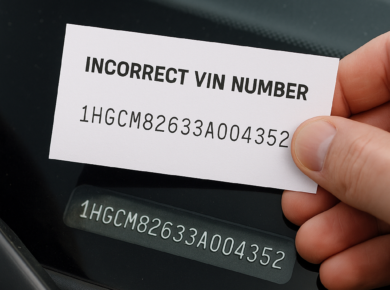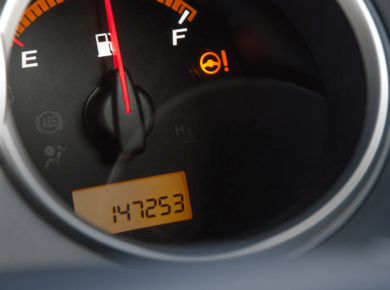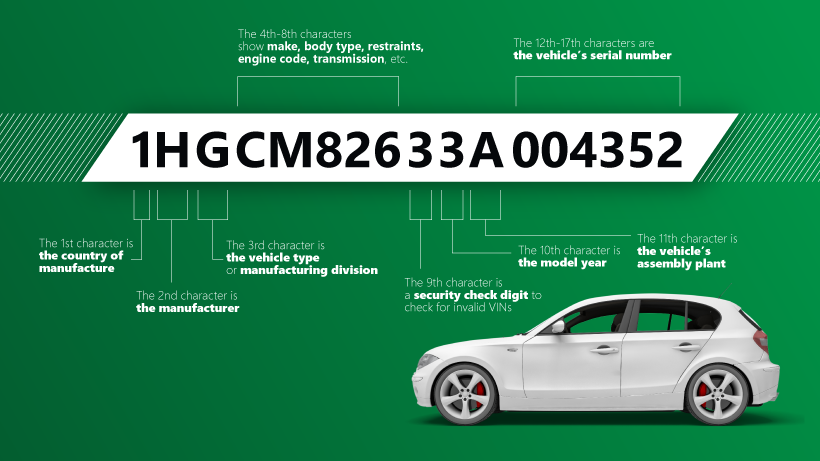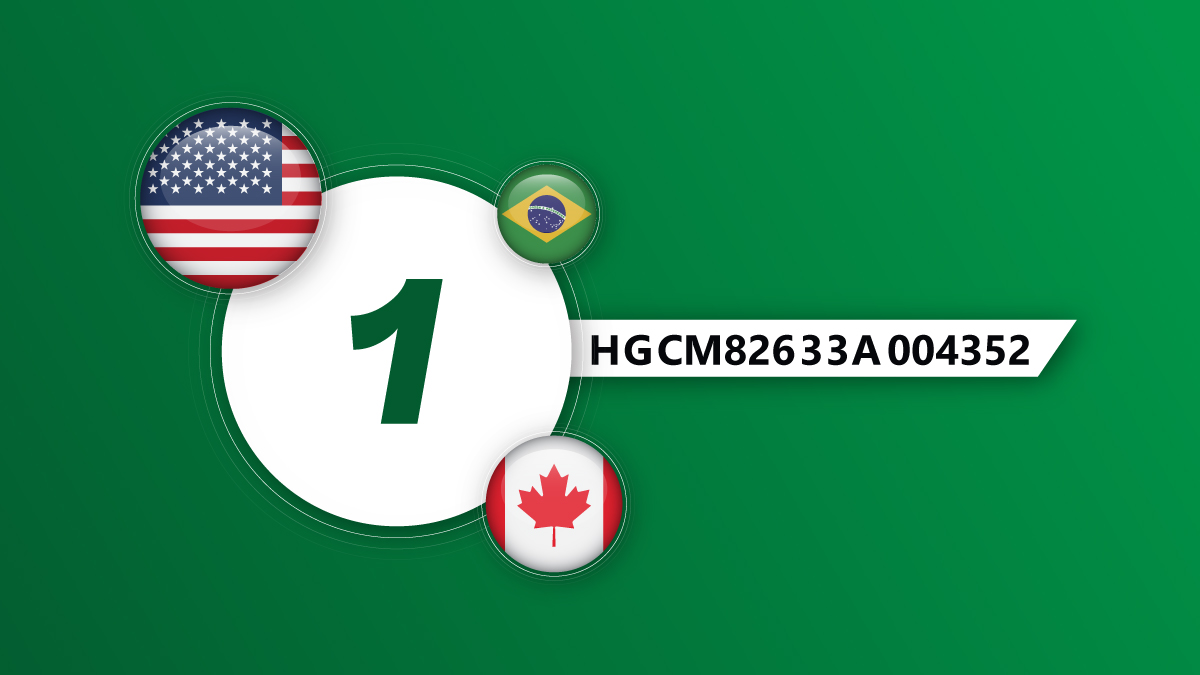Buying a vehicle requires meticulous research, especially when it comes to the most important identifier — the VIN on a car. A mistake in a Vehicle Identification Number can cause unnecessary complications, but while such cases are rare, they do happen. To help ease your concerns, let’s explore government regulations, reasons VIN errors occur, and what actions to take if you already have a vehicle with a VIN issue.
What is a VIN?
Before diving deeper, you may be wondering — what is a VIN? A Vehicle Identification Number (VIN) is a unique, 17-character code assigned to every vehicle manufactured or imported for sale. It contains information about the vehicle’s make, model, engine type, manufacturing plant, and production year. The answer to how long is a VIN number is simple: always 17 characters for vehicles made after 1981.
Government Regulations For VINs
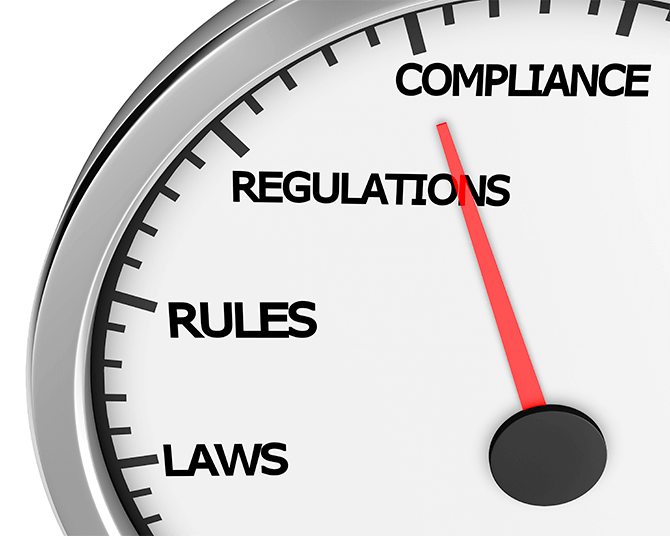
All vehicles sold or imported into the United States must comply with the Federal Motor Vehicle Safety Standards (FMVSS) and regulations set by the National Highway Traffic Safety Administration (NHTSA). These standards ensure the VIN is placed correctly and consistently on designated components. State-level DMV agencies may also have additional requirements.
If you need to verify the VIN on your vehicle, you can check chassis number locations such as the dashboard, driver-side door frame, engine, or frame. Cross-referencing this number with the title documents is a key step in preventing problems during ownership transfer.
What Can Cause a VIN Mistake?
There are generally two types of VIN errors: manufacturer errors and administrative errors.
1. Manufacturer Errors
In rare cases, a manufacturer may enter the wrong VIN during production. If this happens, the automaker must correct the VIN before the vehicle leaves the factory. According to NHTSA, corrections must be applied to all parts where the VIN appears, including:
- Engine
- Transmission
- Front and rear bumpers
- All doors
- Fenders
- Quarter panels
- Tailgate or hatchback
- Certification label
- Public and hidden VIN plates
Vehicles made for markets outside the U.S. and Canada are exempt from these correction rules, but their original auto VIN gauge must still be visible on the vehicle when imported.
2. Clerical Errors or Tampering
A mismatch between the VIN on the car and the VIN on the title often results from simple human error. Clerks or previous owners may mistype a digit or two, leading to discrepancies. While these don’t usually indicate fraud, they can delay the registration process.
On the other hand, VIN tampering is a criminal offense. Someone may alter a VIN to hide the vehicle’s history, especially if it was stolen. If you’re unsure how to tell if a VIN has been changed, look for signs of physical tampering — scratched-off plates, mismatched rivets, or inconsistencies between VIN locations.
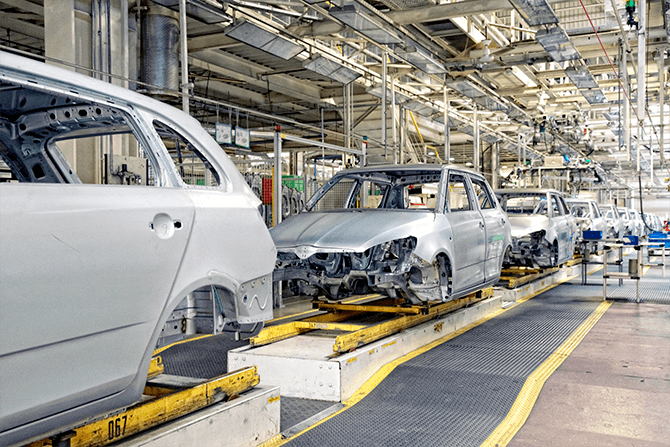
VIN Mismatch
If you discover a mismatch or mistake in the VIN:
- For new vehicles: Contact the dealership immediately. They will coordinate with the manufacturer and correct the issue efficiently.
- For used vehicles: Compare the VIN on your title with the VIN on the car. Use a trusted VIN decoder to validate the number’s structure and details. Then, reach out to your local DMV. They’ll guide you through how to correct a VIN number on title and may require supporting documentation such as photos or service records.
If you suspect possible fraud or tampering, check the VIN with the National Insurance Crime Bureau (NICB) or run a comprehensive report from a provider like ClearVIN.

Are VINs Unique and Do They Ever Change?
A common question buyers have is: are VINs unique? Yes, every VIN is unique to the vehicle it was assigned to. No two vehicles should ever have the same VIN.
But does VIN number change? Not under normal circumstances. A VIN should remain consistent throughout the life of the vehicle unless it has been illegally altered. This is why it’s critical to compare VINs in all locations and documents before buying.
How to Be on the Safe Side
To avoid issues like VIN mismatches, always obtain a full vehicle history report. At ClearVIN, our reports include ownership history, accident records, title status, odometer readings, and more. We also offer a dealer VIN check service for those purchasing through a dealership.
With ClearVIN, you can access:
- Theft status confirmation
- Verified VIN data
- Recall and service history
- Auction and sales records
- Title brand reports
Bottom Line
A VIN error doesn’t have to spell disaster, but it’s essential to address it early. Whether you’re verifying the VIN on a car, conducting a VIN correction, or learning how to correct a VIN number on title, having accurate data is crucial.
With a ClearVIN report, you gain peace of mind and avoid costly surprises. Let us help you make confident, informed decisions in the used vehicle market. For questions or assistance, visit our website or call us at +1 (844) 268-5991 (8:00 AM – 3:00 PM EST, Monday to Friday).

